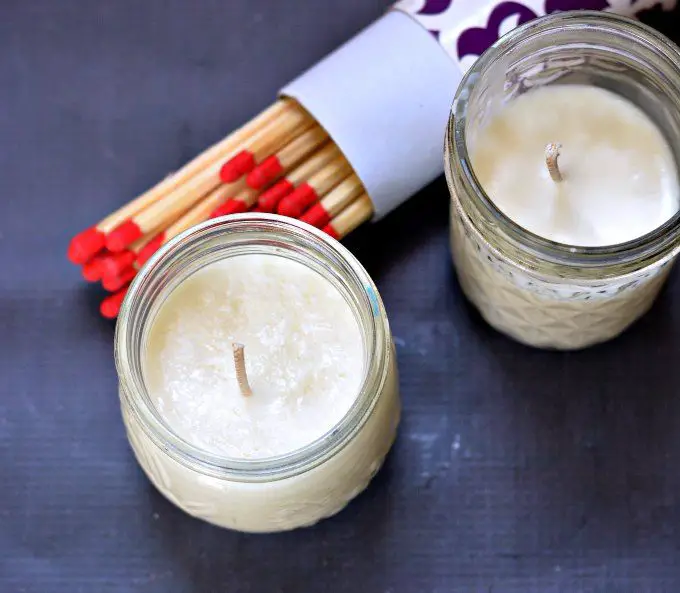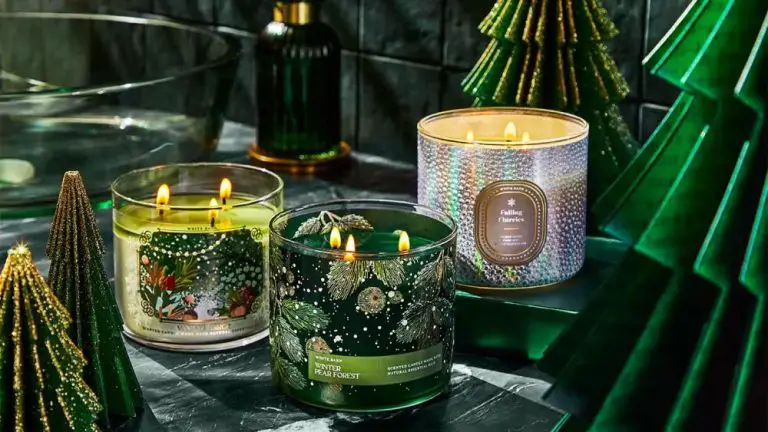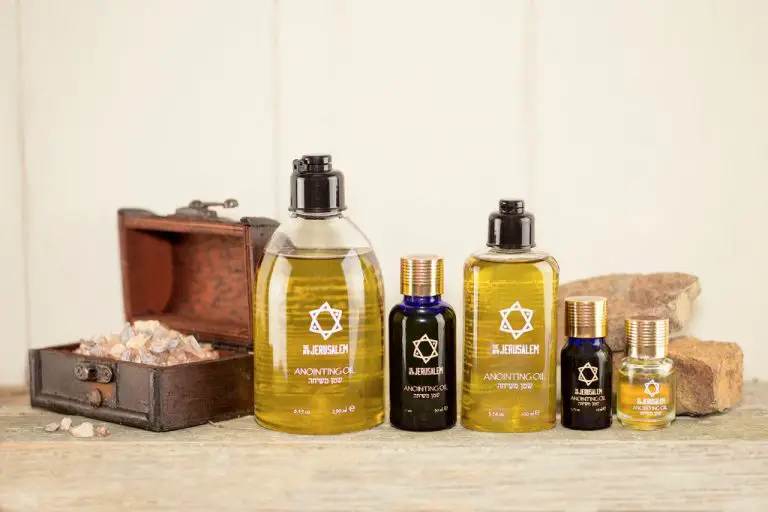Can You Make Homemade Citronella Candles?
Introduction
Citronella candles are candles scented with citronella essential oil, which comes from lemongrass. The purpose of citronella candles is to act as insect repellents, especially against mosquitos. The citronella scent is unpleasant to these insects so it helps deter them from an area.
Homemade versions of citronella candles have become popular because they allow people to control the amount of citronella oil used. They also avoid any other unwanted chemicals or ingredients sometimes found in commercial citronella candles. Making them at home enables customization of the candle design as well.
Benefits of Homemade Citronella Candles
Homemade citronella candles have many benefits compared to purchasing them pre-made. The main benefit is cost savings. Handmade candles cost a fraction of the price of store-bought candles. According to https://nikura.com/blogs/make-at-home/10-reasons-to-make-your-own-candles, homemade candles can cost as little as $1 each compared to $10-20 for store-bought.

Another major benefit is the ability to customize scents and containers. With homemade candles, you can mix and match essential oils to create your own signature scents. You can also reuse jars and containers around your home, giving your candles a unique, personal touch. The creativity and satisfaction of making something with your own two hands is another benefit cited by candle makers.
Overall, if you make citronella candles at home you can save money, express your creativity, customize scents and containers to your liking, and gain satisfaction from making something yourself.
Citronella Oil
Citronella oil is an essential oil that comes from Asian grassy plants in the genus Cymbopogon, most commonly Cymbopogon nardus and Cymbopogon winterianus. Its most widespread use is as a natural insect repellent. Citronella oil is distilled from the grass stems and leaves, producing an oil that ranges in color from pale yellow to brown and has a lemon-like scent.
Citronella oil has several benefits and uses. It is most commonly used in insect repellents, due to its ability to repel mosquitoes, black flies, and fleas. When applied to the skin or burned in candles, the strong aroma masks attractants to bugs, causing them to avoid the area. Citronella oil is considered a natural and safe alternative to harsh chemical bug sprays (source).
In addition, citronella oil may help to reduce inflammation and pain when applied topically. It contains compounds like geraniol and citronellol which have been shown to reduce swelling and joint pain. The oil may also have benefits for skin health when used sparingly in small amounts (source).
High quality citronella oil has a strong, lemon-like aroma. Look for oils that contain high concentrations of citronellal, citronellol, and geraniol for maximum effectiveness and purity.
Other Oils
In addition to citronella, there are other essential oils that can help repel insects when used in homemade candles. Two popular options are lemongrass and eucalyptus oils. According to research from the National Center for Biotechnology Information, lemongrass oil demonstrates significant repellent activity against mosquitoes (Lee, 2018). Eucalyptus oil has also been shown to deter mosquitoes and other biting insects (Greenix, n.d.). Blending these oils with citronella can create an even more effective insect repellent candle.
Some other oils that are known to repel insects include lavender, geranium, and rosemary. Lavender oil gives off a sweet floral scent that bugs don’t seem to like. Geranium oil has a strong rose-like aroma that can help mask human scents. Rosemary oil has a distinctive herbal smell that can act as an insect deterrent. Experimenting with different essential oil blends is part of the creativity of making homemade citronella candles!
When blending essential oils, it’s important to pick scents that complement each other. Floral oils like lavender pair nicely with lemongrass. Herbal oils like rosemary can accent the woodsy aroma of eucalyptus. Keeping the scent profile cohesive will lead to a more pleasant homemade candle. With some testing, you can find the perfect essential oil blend for your needs.
Wicks
The wick is a crucial component of a candle as it controls the burn rate and how the melted wax pools. When choosing a wick, you need to consider the type of wax, container size, and desired flame height. The three main types of wicks used in candle making are:
- Cotton: The most common wick used. Cotton burns cleanly and is suitable for most waxes.
- Wooden: Used for container candles as they are stiff and keep the wick centered.
- Paper: Used for votives and tea lights since they don’t bend.
Proper wick sizing prevents tunneling, where the wax melts unevenly. As a rule of thumb, the wick diameter should be around 1/3 the diameter of the candle container to get the right sized flame. Wicks are available from most candle making suppliers in different ply, diameter, and length combinations. Refer to https://www.candlescience.com/learning/wick-guide/ for guidance on pairing wicks with specific waxes and containers.
Containers
When making homemade citronella candles, the type of container you use is an important consideration. The most common options are glass, metal, and other materials like ceramic or stone.
Glass containers are a popular choice as they allow the candle fragrance to spread effectively when burning. Glass also enables you to see the candle wax and any decorative elements. Mason jars are commonly used, and companies like Jar Store offer a wide variety of shapes and sizes of glass candle jars at wholesale prices.
Metal tins and containers can also work well, providing a more industrial look. However, the metal can get very hot when the candle burns. Tins often have a lid that can help extinguish the candle flame.
Other materials like ceramic or stone can be used, but may not allow the fragrance to spread as well. Containers that are more porous could lead to fragrance loss. Care should be taken with flammable materials.
When sourcing containers, consider the volume needed, the look you want, how the material impacts fragrance, and how easy it is to add and remove wax.
Wax
Making homemade citronella candles requires wax. There are several common types of candle wax to choose from. Some major types of wax are:
Soy Wax
Soy wax is made from hydrogenated soybean oil. It is a natural wax. Some pros of soy wax are that it burns longer than paraffin, produces less soot, and is biodegradable and renewable. However, soy wax is soft and can create discoloration on container walls. Soy wax blends are available that try to mitigate some of the downsides and combine the positives of soy and paraffin wax.
Sources: https://www.marthastewart.com/8061950/candle-wax-type-guide,
https://shoparchipelago.com/blogs/blog/types-of-candle-wax
Beeswax
Beeswax is a natural wax made by honey bees. It has a pleasant natural honey aroma. Beeswax burns longer than paraffin and is non-toxic. However, it can be expensive and challenging to work with. Beeswax candles require more care as they burn to avoid excessive dripping.
Source: https://www.candlescience.com/learning/wax-guide/
Paraffin Wax
Paraffin wax is a petroleum-based wax made from refined oil. It is inexpensive and easy to work with. Paraffin wax allows for detailed designs. However, paraffin produces more soot than natural waxes when burned. Paraffin wax blends combine paraffin with natural waxes to offset some of the drawbacks.
Source: https://shoparchipelago.com/blogs/blog/types-of-candle-wax
Making the Candles
Making citronella candles at home is a simple process but requires care and safety precautions. Here are the step-by-step instructions:
1. Prepare your workspace – Cover your work area with paper or foil to protect it from spills and drips. Make sure you have adequate ventilation. Turn off any flames or ignition sources nearby.
2. Prepare your container – Choose heat-safe containers made of glass, metal or heat-resistant plastic. Containers should be clean and dry. Anchor wooden wicks in the center bottom using glue or wax. Leave 1/2 inch clearance between the wick and sides.
3. Melt the wax – Use a double boiler or saucepan on low heat. Chop wax so it melts evenly. Heat the wax to 185-200F. Avoid overheating. Turn off heat and allow wax to cool slightly before adding oils.
4. Add citronella oil – Once wax has cooled to 180F, stir in 6-10 drops of citronella oil per ounce of wax. You can add oils for scent too. Gently stir to blend.
5. Carefully pour wax into containers – Pour slowly and steadily to prevent spills and bubbles. Leave 1/4 inch of headspace for the wax to shrink as it cools and hardens.
6. Allow candles to fully harden before burning – This takes 1-2 days. Trim wicks to 1/4 inch before lighting.
Safety tips when making candles:
- Work in a well-ventilated area away from ignition sources
- Use proper candle wax – do not use paraffin from old candles
- Avoid wax spills which can cause slips/falls
- Take care when pouring hot wax
- Allow candles to fully cure before burning
- Trim wicks to proper height for safety
Burning and Usage
Here are some tips for properly burning homemade citronella candles to get the best mosquito repelling results:
Citronella candles should be burned in an open area outdoors where people are gathered. The scent does not travel far, so needs to be near where mosquitoes may be problematic. Place citronella candles around patios, decks, picnic areas, etc. According to Lumabase, the candles need to be within 2-3 feet of people to be effective.
Only burn citronella candles when ambient temperatures are above 50 degrees Fahrenheit. The scent does not properly disperse if it is too cold outdoors.
Avoid burning citronella candles in high winds, as this will diminish the scent throw. On windy days, place candles in more protected areas.
Let candles fully pool and melt across the entire top layer before blowing them out. This ensures even burning and scent dispersal.
Never leave burning citronella candles unattended. Only burn for the duration needed and extinguish flames before leaving the area.
Troubleshooting
Homemade citronella candles can sometimes run into issues. Here are some of the most common problems and how to fix them:
Wick Issues
If the flame is too small, the wick may be too short. Carefully trim the wick to be slightly longer until the proper flame size is achieved. If the flame is too large or produces black smoke, the wick is too long. Trim the wick shorter in small increments until the proper flame size is reached (Soy Wax Trouble Shooting Guide).
Sinkholes
Small holes or indentations can appear on the surface of the candle while burning, known as sinkholes. This is often caused by the wick being too large for the candle diameter. Try using a smaller wick or adding more wax to create a wider candle (Top 10 Candle Making Problems).
Wax Separation
If the wax and fragrance oil start to separate, the mixture was likely overheated while making the candles. Re-melt the mixture on low heat and stir thoroughly to recombine. Avoid overheating the wax during the candle making process.
Frosting
A white film can develop on the top of the candle after burning, known as frosting. This is caused by fragrance oil migrating to the surface. Avoid overheating the wax and stir thoroughly while adding fragrance oil to prevent frosting.





